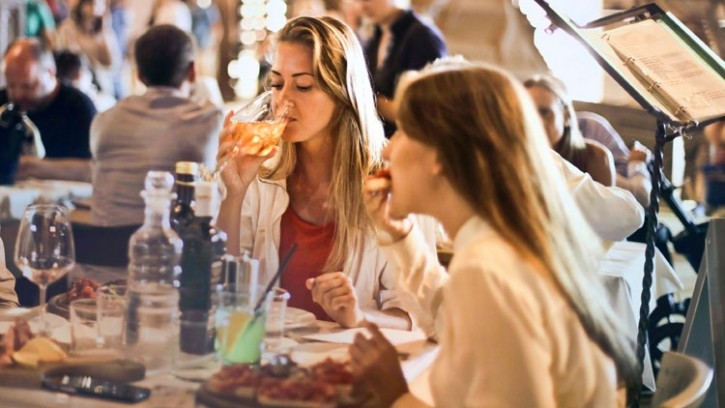Promotion
Leveraging the power of influencers – why it’s time for operators to shake up their marketing mix

How well do you know your customer base? Do you know what motivates them to visit time and time again? How do you recruit new customers and remain relevant? Whether you know the answers to these questions or not, it is worth taking a step back and thinking carefully about what encourages customers through the door and making sure marketing efforts are tailored in a way to meet customer demand and customer priorities.
As a first step, it’s important to understand the reasons why a consumer may, or may not choose to dine in your restaurant. Influences such as proximity, value for money, serving people’s favourite food and drink all contribute to this.
However, alongside these factors it’s also vital for operators to have an understanding of who the influencers are – the consumers which wield the most influence when it comes to deciding where to eat and drink. Operators who can capitalise on both influences and influencers, and shape their communication, marketing and overall experience with these factors in mind, will ultimately gain that important advantage in an increasingly competitive market.
Who are the decision-makers?
Zonal and insight firm CGA by NIQ recently launched its latest GO Technology report which unveiled those who hold the most purchasing power. Interestingly, those aged 55+ are the key decision makers when it comes to choosing which hospitality venues to visit. The data shows that 40% of ‘influencers’ are aged over 55 – nearly double the number who are aged under 25 years old (21%).
What’s more, these decision-makers, or influencers, spend more time in the trade – a third (32%) drink out weekly – and on average spend £10 a month more on eating and drinking out than non-decision makers. They also tend to visit more venues than those who are more influenced than influencer, visiting an average of over seven brands in the last six months. While much of marketing targets younger adults (and rightly so for some), not every business is the same. Therefore, understanding the priorities of different demographics can pay off, especially as older adults tend to have more money to spend.
Which factors influence the influencers?
There are many factors at play when it comes to making a decision on which restaurant to visit however, some are prioritised more than others. Zonal’s research unveiled that proximity to home (48%) is the most important factor influencing where people go out to eat and drink, followed closely by value for money (35%). This doesn’t mean cheap though — just good value for however much money people decide to spend. Other factors include serving a customer’s favourite food and drink (26%), recommendations from other people such as friends and family (24%), as well as the food and drink offering looks enticing or unique (22%).
It's clear that the cost-of -living crisis is impacting the way consumers behave, so restauranteurs would benefit from considering these priorities, ensuring they are meeting customer demand to drive footfall which in turn will improve your bottom line
What does this mean for hospitality marketers?
By knowing not only what impacts a customers’ decision to visit a restaurant, but who holds the most influence when it comes to choosing where to dine operators will be able to tailor their communication and marketing efforts to become even more appealing to these decision-makers – which in turn will encourage footfall. For example, with the right insight and information at their fingertips, hospitality businesses can personalise deals, offers and promotions specific to their customer base or towards customers they are trying to get through the doors.
Traditionally, this form of personalisation was only possible face-to-face and in-venue, but now technology can help venues offer a personalised touch at every stage of the customer journey. Through better understanding of what makes customers tick, venues can provide clear communication, offering the right incentives and create bespoke experiences that drive sales and encourage loyal and engaged consumers.
Download your free copy of the report here
Olivia FitzGerald is the chief sales and marketing officer at Zonal.
![Go_Tech_info2[1]](/var/wrbm_gb_hospitality/storage/images/media/images/go_tech_info2-1/6036206-1-eng-GB/Go_Tech_info2-1.jpg)
![Go_Tech_info5[1]](/var/wrbm_gb_hospitality/storage/images/media/images/go_tech_info5-1/6036224-1-eng-GB/Go_Tech_info5-1.jpg)


















